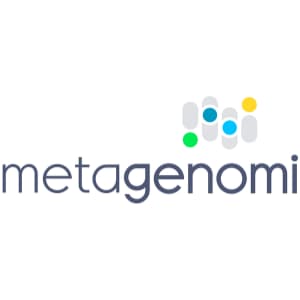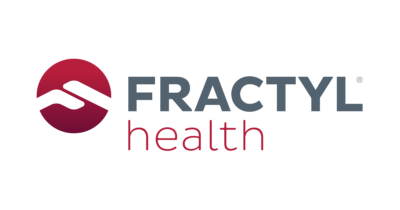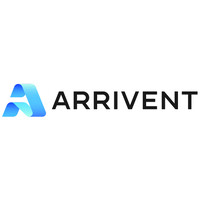IPO TRACKER
A real-time look at every biotech IPO filed and the amount raised in all the world's indexes. Compiled by editor Max Gelman.
A real-time look at every biotech IPO filed and the amount raised in all the world's indexes. Compiled by editor Max Gelman.

The gene editing startup was one of the few preclinical biotechs to go public in recent years as many investors favored later-stage bets during the downturn of 2022 and 2023. Metagenomi has partnerships with Moderna, Affini-T Therapeutics and Ionis Pharmaceuticals, and has reeled in blue chip investors including Bayer, RA Capital, Novo Holdings and others.

The California biotech filed while in Phase II testing with its lead CAR-T candidate. Kyverna is one of the biotechs leading cell therapy’s expansion beyond blood cancer and into autoimmune diseases. The biotech capitalized on the moment by going public in early February.

The Massachusetts biotech is working on an endoscopic procedural therapy for type 2 diabetes and obesity, and caught attention for work on a gene therapy in biotech’s most talked-about space: GLP-1. Fractyl expects to start testing the gene therapy in patients with type 2 diabetes and eventually in obesity, as well. It’s been a long time coming for Fractyl, which disclosed a $100 million Series F in June 2021 and filed to go public shortly thereafter, but the harsh public market conditions of the next two years would prove too frigid.

Alto Neuroscience went public as it conducts multiple mid-stage studies of its lead drugs for major depressive disorder. The neuroscience field has been buoyed by recent multibillion-dollar acquisitions, a series of large startup financings and an IPO from Neumora. The California biotech has licensed assets from Sanofi, Palisade Bio and Avalo Therapeutics and is running multiple clinical trials.

The Pennsylvania biotech is testing an EGFR-targeted tyrosine kinase inhibitor already approved in China. ArriVent expects data from the late-stage oncology trial in 2025 and anticipates an IPO would help fund pre-commercial and marketing activities. It was formed by Bing Yao, who sold his previous company, Viela Bio, to Horizon Therapeutics.

CG Oncology was quick out of the gates in the first week of 2024, becoming the first biotech to file for an IPO as the markets appeared poised for an upturn, and its stock popped 95% in the first day of trading after being twice upsized. The Phase III biotech is one of multiple drug developers in late-stage development for new bladder cancer treatments. If successful, it expects to file for approval as early as late 2024. The California biotech started as Cold Genesys in 2010 and had raised a $105 million crossover in summer 2023. Its ticker symbol stands for “Cancer Gone.”